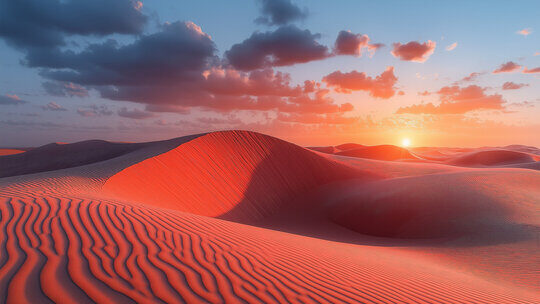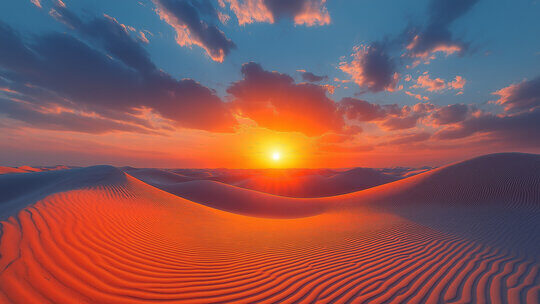Introduction The word “Khale” may have different meanings, but in the context of the UAE, it holds deep historical and cultural importance.
In Arabic, “Khale” refers to a bay or narrow water passage, symbolizing the UAE’s strong connection with the sea, trade, and exploration.
From ancient times to the present, Khale has played a crucial role in shaping the UAE’s history, economy, and traditions.

The Maritime Legacy of the UAE
Significance of the Arabian Gulf
- The Arabian Gulf has been a lifeline for coastal communities in the UAE for centuries.
- The Khale represents the inlets and waterways that supported trade, cultural exchange, and sustenance.
- These water passages helped shape the geography and economy of the region.
Pearling and Fishing
- Before oil was discovered, pearling was a key economic activity. Divers would risk their lives to collect natural pearls from the sea.
- Fishing was a primary source of food and income for Emirati families. Traditional fishing methods are still part of the culture today.
Trade and Exploration
- The Khale acted as a gateway for trade, connecting the UAE to India, Africa, and beyond.
- Dhows (traditional wooden ships) sailed across these waters, carrying goods such as spices, textiles, and pearls.
- These trade routes led to cultural exchanges, enriching Emirati heritage.
Cultural Identity
- The Khale is celebrated in Emirati poetry, songs, and folklore.
- It symbolizes resilience, adaptability, and the strong bond between the people and their environment.
- Festivals and events often honor the sea’s importance in Emirati life.
Modern Development and the Role of the Khale
Urban Development
- Cities like Dubai and Abu Dhabi have integrated the concept of the Khale into their modern infrastructure.
- Notable developments:
- Dubai Marina: A man-made canal city inspired by traditional waterways.
- Abu Dhabi Corniche: A popular waterfront area for leisure and tourism.
- These projects highlight the balance between heritage and modernity.
Tourism and Recreation
- The Khale remains a major attraction for tourists.
- Popular activities include:
- Dhow cruises
- Water sports (e.g., jet skiing, kayaking)
- Fishing excursions
- Coastal resorts and waterfront promenades offer luxury experiences while showcasing the region’s maritime heritage.
Environmental Conservation
- The UAE prioritizes the preservation of marine ecosystems.
- Key initiatives include:
- Marine protected areas
- Mangrove restoration projects
- Eco-tourism ventures
- These efforts aim to protect coral reefs, mangroves, and marine life for future generations.
Also Read : Unforgettable Liwa Festival 2025: The Adventure Awaits!
Cultural Celebrations and the Khale
Festivals and Events
- Annual events such as dhow racing championships celebrate the UAE’s maritime heritage.
- Heritage festivals showcase traditional crafts, fishing techniques, and pearl diving.
Art and Literature
- Many Emirati artists and writers draw inspiration from the Khale.
- Paintings, poetry, and novels often depict the beauty and significance of the sea.
Cuisine
- Seafood is a staple in Emirati cuisine.
- Popular dishes include:
- Grilled fish
- Shrimp biryani
- Machboos (spiced rice with meat or fish)
- Traditional cooking methods reflect the UAE’s fishing heritage.
Challenges and Opportunities
Pollution and Overfishing
- Industrial waste, plastic pollution, and overfishing pose significant threats to marine life.
- Solutions include:
- Strict regulations on waste disposal
- Sustainable fishing practices
- Public awareness campaigns
Rising Sea Levels
- Climate change is causing sea levels to rise, threatening coastal areas.
- The UAE is investing in:
- Seawalls and flood protection infrastructure
- Mangrove reforestation to combat erosion
Sustainable Development
- The UAE is committed to balancing economic growth with environmental sustainability.
- Examples:
- Masdar City: A sustainable urban development project.
- Renewable energy initiatives, such as solar and wind power projects.

The Future of the Khale
Innovation and Technology
- New technologies offer solutions for marine conservation:
- Artificial reefs to support marine biodiversity
- Marine monitoring systems to track water quality and marine life
Education and Awareness
- Educational programs and community initiatives are essential for preserving the Khale.
- Schools, museums, and media campaigns can help foster appreciation for the UAE’s maritime heritage.
Global Collaboration
- The UAE actively collaborates with international organizations on marine conservation.
- Sharing knowledge and best practices can strengthen global efforts to protect marine ecosystems.
Conclusion
The Khale is more than just a geographical feature; it is a symbol of the UAE’s rich history, culture, and resilience. From its vital role in shaping the nation’s past to its influence on modern development, the Khale continues to inspire pride and progress.
By preserving its heritage and embracing sustainable innovations, the UAE ensures that the legacy of the Khale will endure for generations, remaining a source of identity, inspiration, and unity.
Do follow Uae stories for more updates













